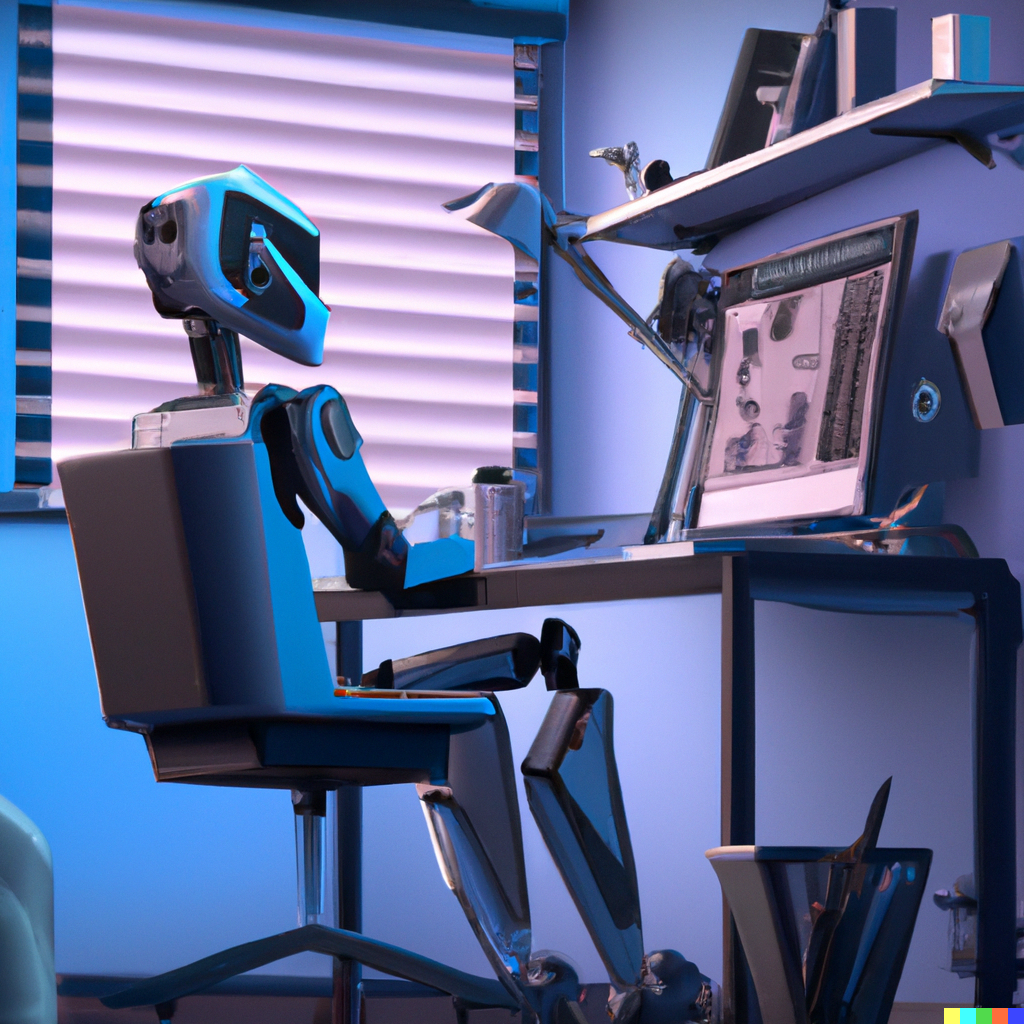The Ups and Downs of AI

Artificial Intelligence (AI) has rapidly become one of the most transformative technologies of our time, promising to revolutionize the way we live and work. While it offers numerous benefits, it is important to consider the potential downsides of AI and to strike a balance between its positive impact and its potential negative consequences.
Benefits of AI:
- Improved Efficiency: AI is capable of automating many routine and repetitive tasks, freeing up time for humans to focus on more creative and innovative work. This can lead to increased productivity and improved efficiency, resulting in cost savings for businesses and improved quality of life for individuals.
- Better Decision-Making: AI algorithms can analyze large amounts of data and provide insights that would be impossible for humans to see. This can help organizations make better decisions, optimize their operations and improve the outcomes of their activities.
- Improved Health Care: AI is increasingly being used in the medical field to improve patient outcomes. For example, AI algorithms can be used to diagnose diseases, predict patient outcomes, and provide personalized treatment plans. This can help improve health care outcomes and reduce medical errors.
- Enhanced Customer Experience: AI is also being used to improve the customer experience. For example, chatbots can provide 24/7 support to customers, answering their questions and resolving their issues. This can improve customer satisfaction and increase loyalty to a brand.
Downsides of AI:
- Job Losses: AI automation can lead to job losses, particularly in low-skilled and repetitive tasks. While some new jobs may be created, it is uncertain whether there will be enough new jobs to offset the jobs lost.
- Bias and Discrimination: AI algorithms can perpetuate and even amplify existing biases, leading to discrimination in areas such as hiring and lending practices. This can have far-reaching and negative consequences for society.
- Lack of Human Interaction: AI algorithms are designed to be efficient and to minimize human interaction, but this can lead to a lack of empathy and a reduction in human connection. This can have negative impacts on mental health and well-being.
- Security and Privacy Concerns: AI algorithms are capable of collecting and analyzing large amounts of personal data. This can result in privacy violations and a loss of control over one's personal information. Additionally, AI systems can be vulnerable to cyber-attacks, posing a threat to national security and the global economy.
In conclusion, AI offers numerous benefits, but it is important to consider its potential downsides. We must strive to find a balance between harnessing the positive impacts of AI and mitigating its negative consequences. This requires responsible AI development, with transparency, accountability and ethics at the forefront of AI decision-making. We must also invest in reskilling and upskilling programs to help individuals adapt to the changing job market and to prepare for the future of work.
This blog post, other than this paragraph, was written entirely by AI. I prompted ChatGPT with the words, “Write a 500 word blog post on the benefits versus the downsides of AI.” It was inspired by this post from Ron Doyle. The title image was also generated by AI. I used Dalle E and prompted it with "A robot sitting in a blue room working at a desk and working on a computer in the digital art style." I enjoyed doing this blog post. It took way less time than usual! Maybe I should do more of these…
